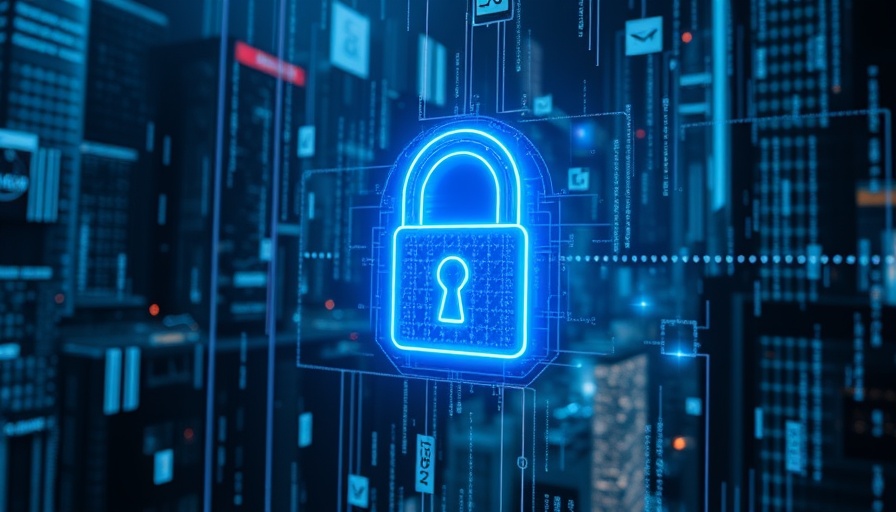
The Modern Threat Landscape
As we navigate through an era defined by rapid technological advancements, the critical importance of cybersecurity has never been clearer. Incidents such as the 2024 software failure at CrowdStrike, which caused significant outages across various sectors, underscore the fragility of our interconnected digital world. The aftermath of this event illustrates how a single failure can cascade into massive downtime, costing industries billions and eroding customer trust.
High Stakes in Cybersecurity Management
The financial toll of unplanned downtime is staggering, averaging $200 million per year for Global 2000 companies. This statistic not only highlights the urgency of proactive risk management but serves as a wake-up call for businesses across every sector—including healthcare, finance, and technology—to reassess their cybersecurity strategies. With predictions suggesting increasingly sophisticated cyber threats, organizations must be prepared to mitigate risks before they escalate.
A Shift Toward Proactive Risk Management
Experts emphasize that the traditional reactive approach to cybersecurity is no longer sufficient. "We’ve got to be more preventative and use intelligence to focus on making the systems and business more resilient," advises Chris Millington, a global cyber resilience technical expert at Hitachi Vantara. This shift calls for comprehensive risk assessment frameworks, which should include ongoing staff training, robust incident response plans, and regular system updates.
Emerging Technologies: Double-Edged Sword
While innovations like AI and machine learning hold great potential for enhancing cybersecurity measures, they also present new avenues for cybercriminals. Businesses must stay ahead of these emerging threats through continuous learning and adaptation. In an age where malware-as-a-service platforms and AI-driven attacks are on the rise, understanding the latest technology trends is essential for safeguarding digital assets.
Real-World Impact and Case Studies
Consider the case of Change Healthcare, where a significant ransomware attack compromised the data of 190 million individuals, leading to widespread service outages. Such examples serve not only as cautionary tales but also guideposts for organizations looking to strengthen their cybersecurity frameworks. Analysis of these disruptive events reveals actionable insights that can help companies build a resilient business model.
Conclusion: Taking Action Now
As we reflect on the critical lessons learned from recent cybersecurity incidents, it becomes clear that organizations must act now. Proactive risk management is not merely a best practice; it's a foundational component of modern business operations. By understanding the interconnected nature of threats and investing in robust cybersecurity strategies, companies can safeguard their future and maintain the trust of their customers.
 Add Row
Add Row  Add
Add 




Write A Comment